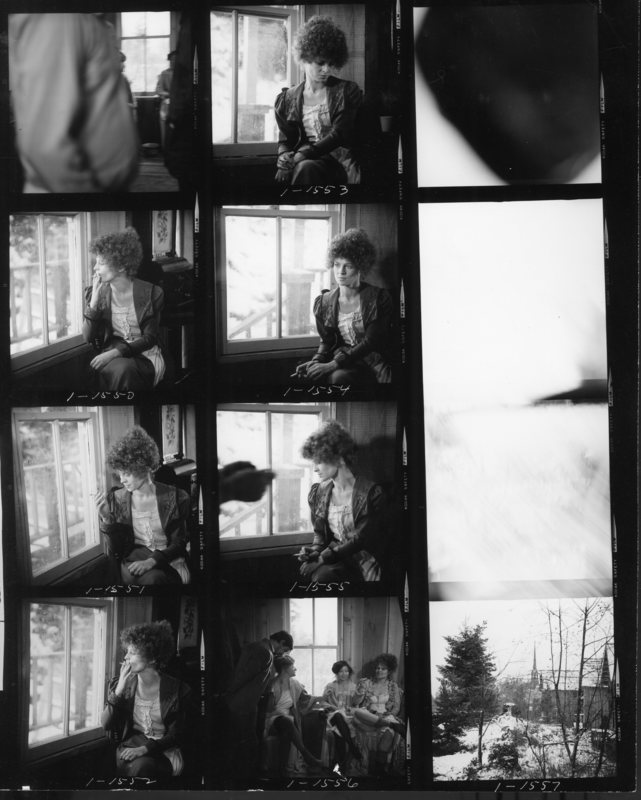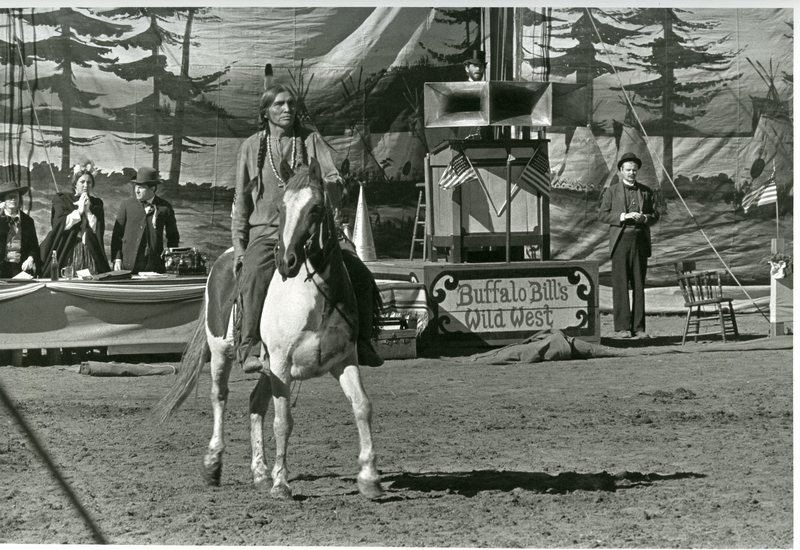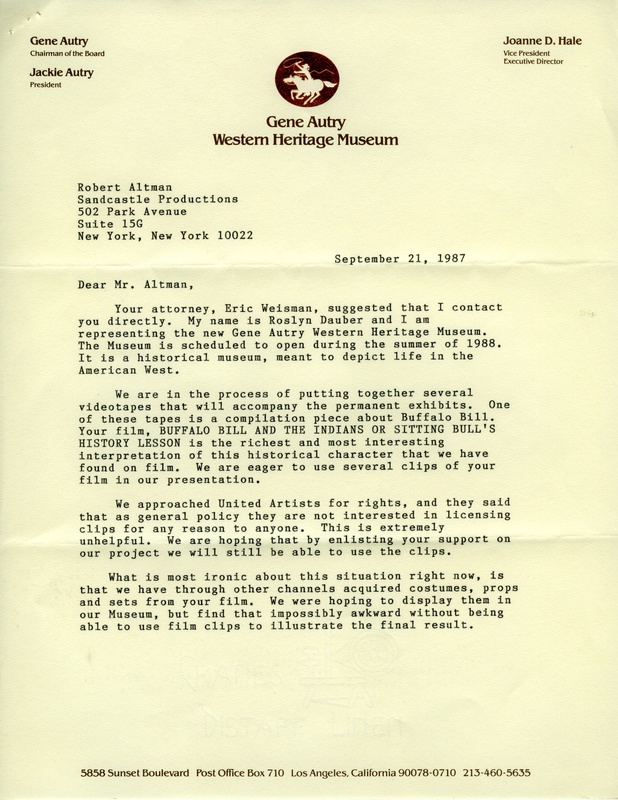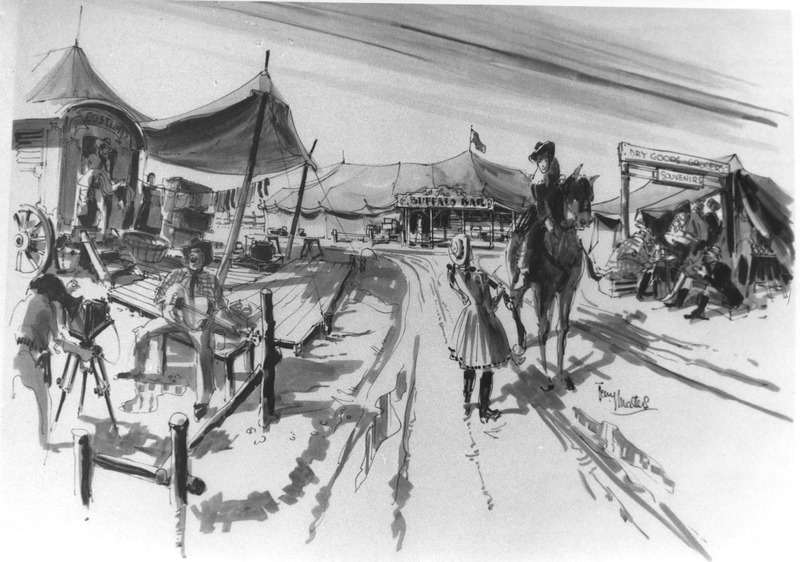The Western
McCabe & Mrs. Miller (1971)
Altman’s approach to the classic Western film was to strip away the romanticism and common plots in order to present real people in gritty and challenging circumstances. Here, in one of his most revered films, Altmanshows a complex world of deals and business, a world built on enterprise, gambling, and money from McCabe’s saloon and Mrs. Miller’s brothel. Instead of heroes in white hats, the film’s leads were a cowardly man and a businesswoman addicted to opium. This film has been selected for inclusion in the National Film Registry.
John McCabe (Warren Beatty) riding a horse through the cold winter of the American Northwest toward town, wearing a fur coat that is far removed from the cowboy garb of typical western films.
Buffalo Bill and the Indians, or Sitting Bull’s History Lesson (1976)
When filmmakers looked at the “old west” through the lens of the socially turbulent 1960s and 1970s, one of the most striking revisions they made to the traditional genre of the Western is a reinterpretation of the role of Native Americans. In Buffalo Bill and the Indians, Buffalo Bill Cody is disconcerted to find that Chief Sitting Bull is not willing to act out Custer’s Last Stand from the point-of-view of white man’s history.
Altman’s portrayal of Buffalo Bill Cody was held in high regard by those preparing exhibits for the new Gene Autry Western Heritage Museum in 1987. Curator Roslyn Dauber asked Altman to intercede on behalf of the museum to request permission from United Artists to use clips from the film.
In response, Altman composed a letter to Diane Nassau, an executive of United Artists, asking that they grant permission to the museum and referring to the research that was done to make the portrayal historically authentic.
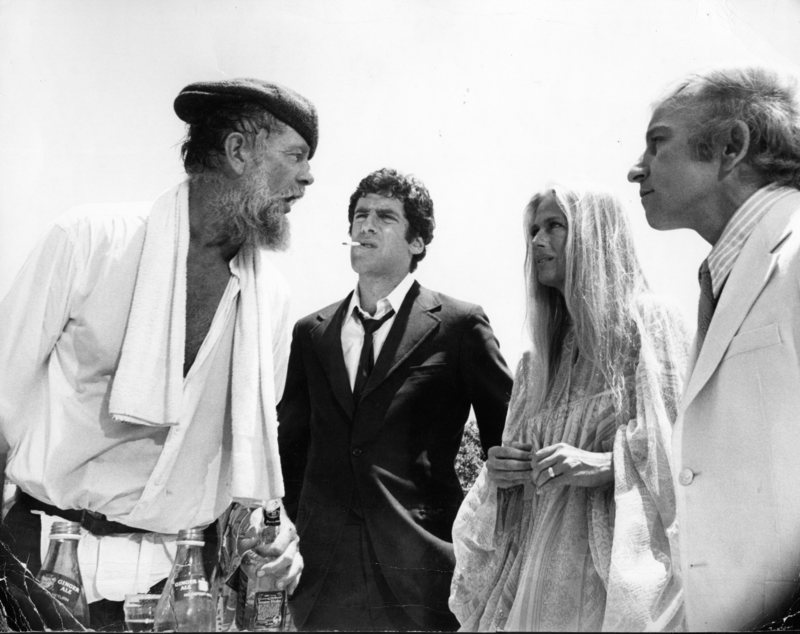
Detective Story

Gangster Film

